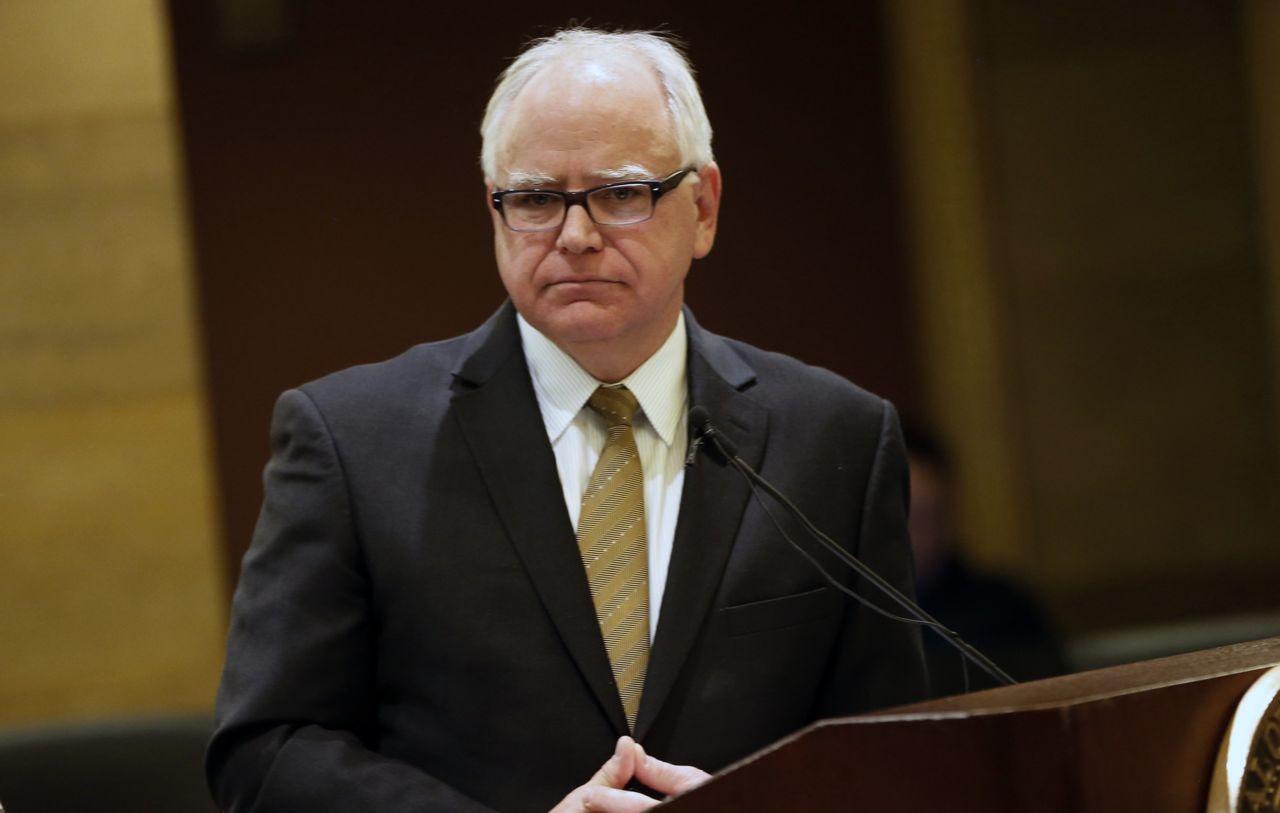Minnesota
Walz says state should pull plug on troubled MNLARS system

ST. PAUL, Minn. (AP) — Minnesota should pull the plug on its troubled vehicle registration system and replace it quickly with commercial software used by other 12 states, Gov. Tim Walz said Wednesday as he accepted the findings of outside experts who said it’s not worth putting further resources into a system that never fully recovered from its failed launch in 2017.
While replacing MNLARS, which state agencies developed in-house, with a turnkey “packaged software solution” will cost more in the short run, the experts said there are fewer risks in switching to an outside vendor than in trying to complete the necessary fixes internally.
“I understand this is a pretty drastic course of action,” Walz said at a news conference.
Altogether, Walz acknowledged, taxpayers are going to be out around $186 million, including over $100 million that the state has already spent on developing MNLARS over more than a decade. But legislative leaders from both parties, including some harsh MNLARS critics, welcomed the governor’s decision and said they’re ready to work out the details of authorizing the switch.
The system’s shortcomings since it went live have caused heartburn for vehicle buyers, sellers and owners, and especially for deputy registrars — independent contractors who issue license plates and tabs and transfer titles. The system can now perform most basic functions but significant problems persist.
MNLARS has also been the subject of a critical report by the state’s legislative auditor. Officials said Wednesday that not all money spent in MNLARS has been wasted because the data can be migrated to the new system. But the state has little else to show for the effort.
Rick King, the executive vice president for operations at Thompson Reuters who led the review team, said they recommended continuing work on MNLARS only until an update is released next month, then freezing it in “maintenance mode” so that the only future work would be bug fixes. Meanwhile, the state would expedite the procurement and implementation of the replacement system.
“The review team believes its recommendations are the best go-forward plan for the state, and provide the most future-proofing possible,” King said.
King added that the team believes that the vendor could have a system ready to replace MNLARS within 16 months, with about 10 more months needed to replace other old software still operating alongside MNLARS. He also said they’re “sensitive” to the additional burdens that the changeover will put on the deputy registrars, who “performed miracles out there in the field with the real customers standing in front of them waiting,” and the state employees who support them.
GOP Senate Majority Leader Paul Gazelka said the Democratic governor “really led” on a problem that was “dropped in his lap” when he took office in January.
“This is bold,” Gazelka said. “It bodes well for Minnesota. We’ve got a lot other things we have to tackle, but this is a big one.”
“We really feel today we’ve turned the corner, both technologically and politically,” said Democratic Rep. Frank Hornstein, who chairs the House transportation committee. “We’re all on the same page.”







